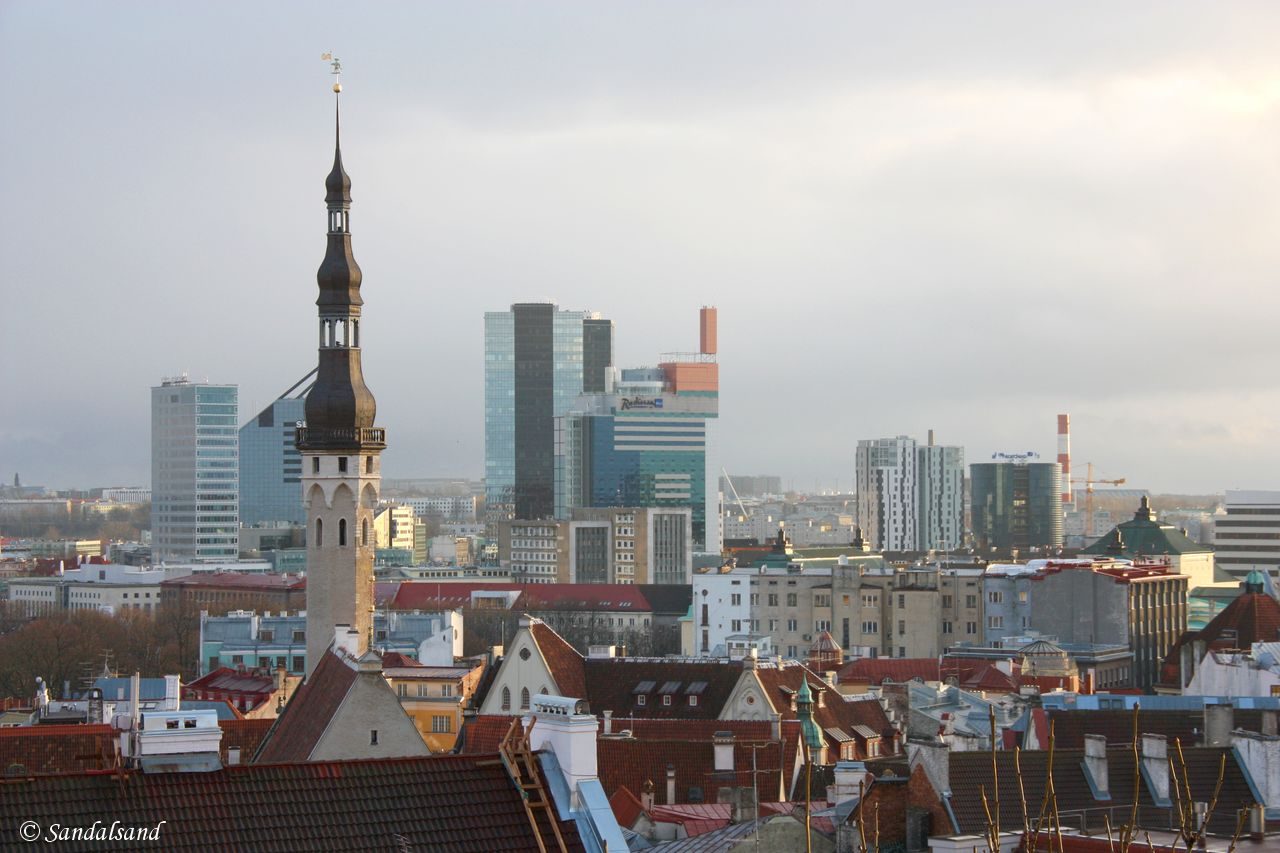This is a collection of pictures from Estonia, the result of a trip to Tallinn, the capital. I discovered a wonderful old town.
If you look up my articles from Estonia, you will also find a world heritage site and regular travelogues. Before you do, start with these pictures from Estonia.
Pictures from the Old Town of Tallinn, Estonia. Even though I arrived in December and not during a warm and shining Summer day, I immediately fell in love with the city. It is extremely charming.
34 Photos
Afterwards, find all photo galleries on Sandalsand.
Fast facts
Learn about the country on Wikipedia. Here is an excerpt:
Estonia is a country in northern Europe. It borders to the north the Gulf of Finland across from Finland, to the west the Baltic Sea across from Sweden, to the south Latvia, and to the east Lake Peipus and Russia. The territory of Estonia consists of the mainland, the larger islands of Saaremaa and Hiiumaa, and over 2,200 other islands and islets on the eastern coast of the Baltic Sea, covering a total area of 47 549 km2. The size of the territory without Lake Peipsi is 43,432.31 km2.
The capital city Tallinn and Tartu are the two largest urban areas of the country. The Estonian language is the autochthonous and the official language of Estonia; it is the first language of the majority of its people.
History
The medieval indigenous population of Estonia was one of the last “pagan” civilisations in Europe to adopt Christianity. After centuries of successive rule by the Teutonic Order, Denmark, Sweden, and the Russian Empire; a distinct Estonian national identity began to emerge in the mid-19th century. This culminated in the 24 February 1918 Estonian Declaration of Independence from the then warring Russian and German Empires. After the end of World War I, in the 1918–1920 War of Independence Estonians were able to repel the Bolshevik Russian invasion and successfully defended their newborn freedom.
Democratic throughout most of the interwar period, Estonia declared neutrality at the outbreak of World War II. However, the country was repeatedly contested, invaded and occupied. First by Stalinist Soviet Union in 1940, then by Nazi Germany in 1941, and ultimately reoccupied in 1944 by, and annexed into, the USSR as an administrative subunit (Estonian SSR). Following the bloodless Estonian “Singing Revolution” of 1988–1990, Estonia restored the nation’s de facto independence on 20 August 1991.
Estonia is a developed country, with a high-income advanced economy; ranking very high in the Human Development Index. The sovereign state of Estonia is a democratic unitary parliamentary republic, it is administratively subdivided into 15 maakond (counties). It has a population of 1.3 million, and is one of the least populous members of the European Union, the Eurozone, the OECD, the Schengen Area, and NATO. Estonia has consistently ranked highly in international rankings for quality of life, education, digitalization of public services and also the prevalence of technology companies.


